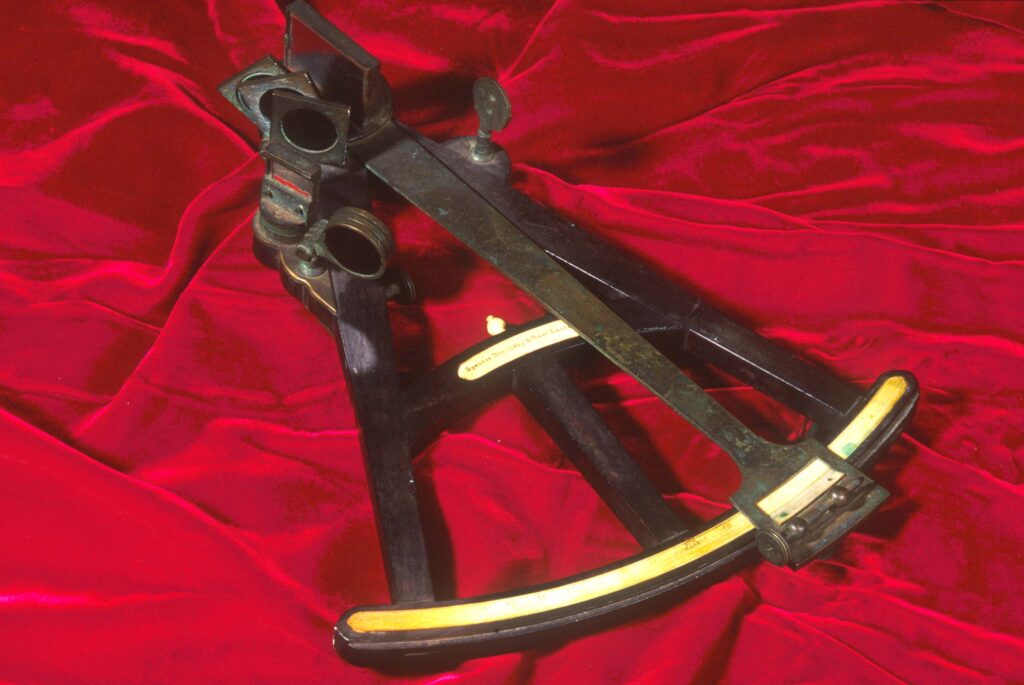
The octant, invented by John Hadley around 1730, is so called because it represents the eight part of a circle. Taking advantage of the principle of reflection, this instrument allowed both to measure the elevation on the horizon of the stars or the height of the Sun, and to detect and measure the angle between two objects. The innovation of the octant was in the use of a mirror mounted on a pivot of a radial arm, in wood, which moved over a graduated arch, engraved on ivory. To calculate the angle between two objects, the reflection of one coinceded with the image in the mirror of the other.
Recent Comments